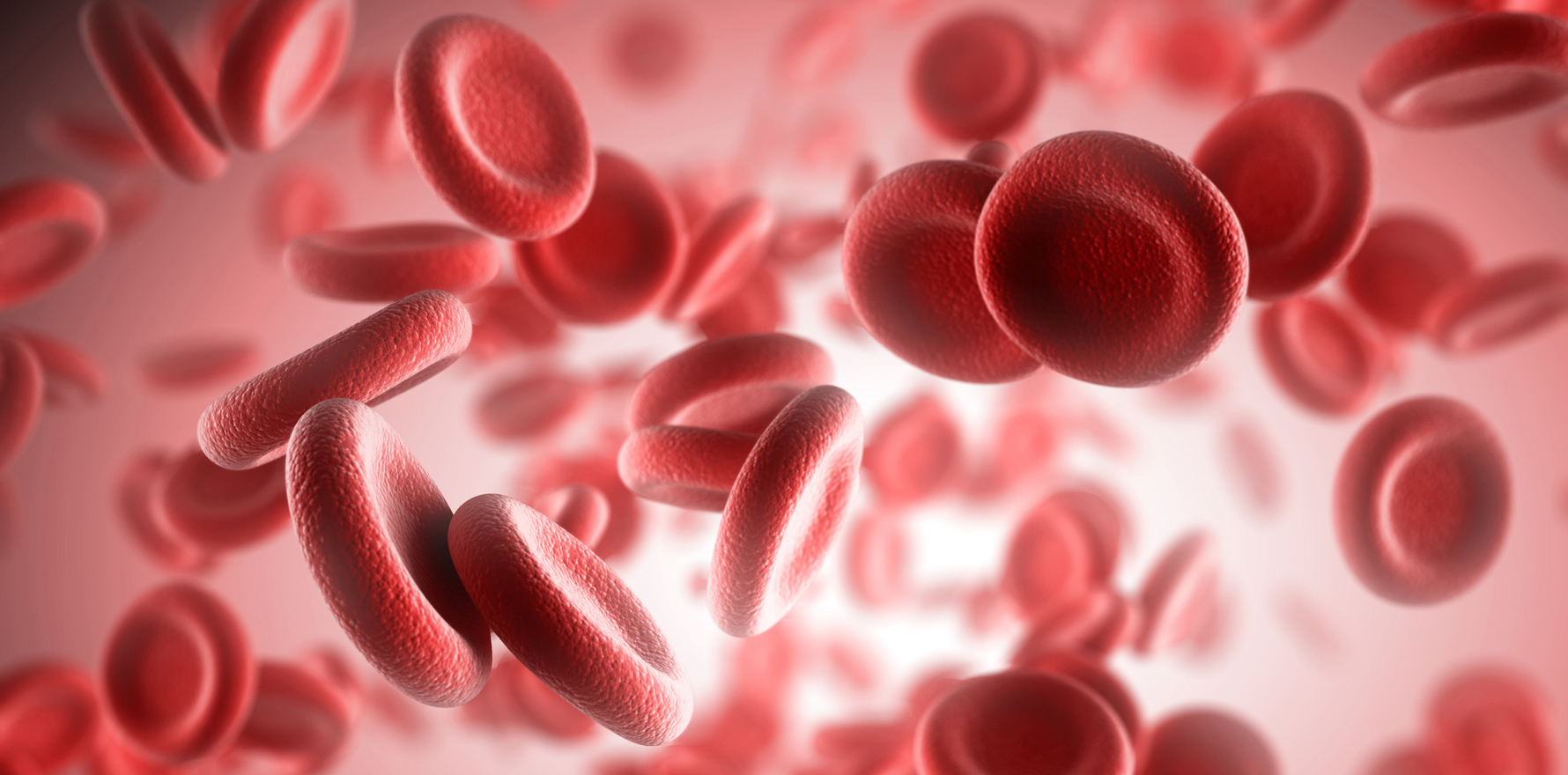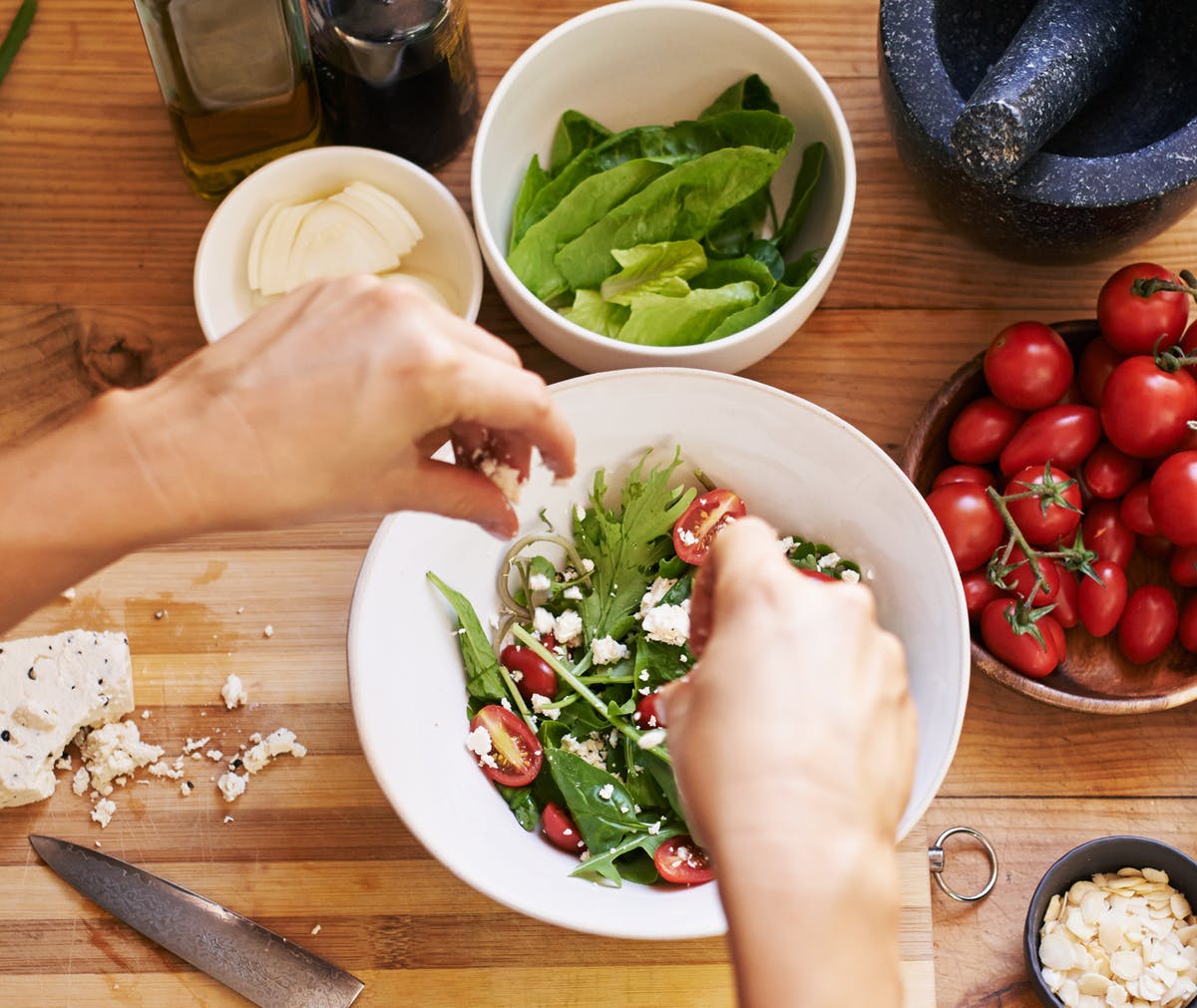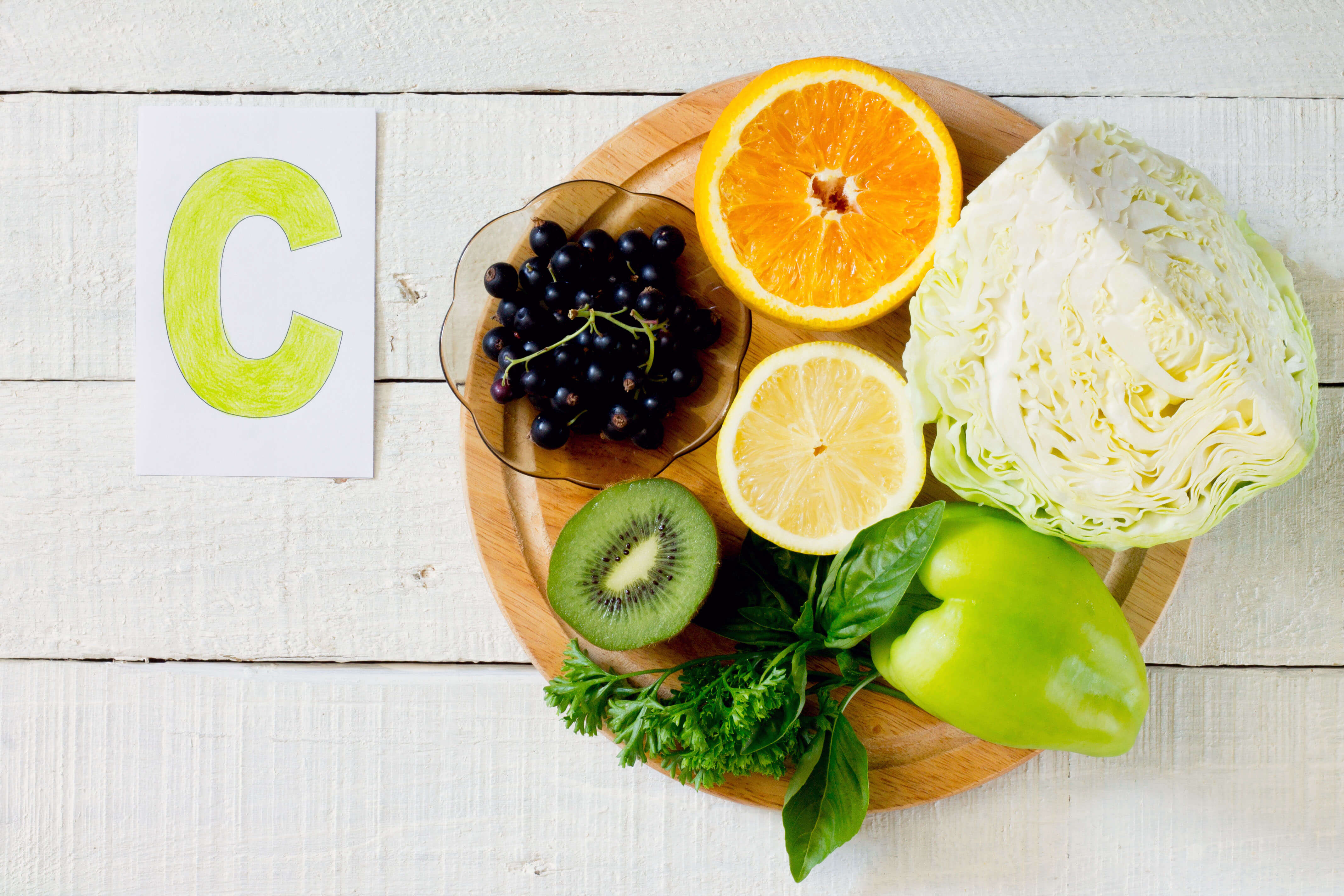Iron Deficiency

Iron deficiency is one of the common health and nutrition problems. The World Health Organization (WHO) points out that about 30 percent of the world’s people are suffering anaemia, mainly due to lack of iron and affecting many women, children, and the elderly groups.
Besides anaemia, long-term iron deficiency will cause concave nails, pica (abnormal desire to eat substances not normally eaten) and other symptoms. Is it better to eat iron-rich foods? Are there any differences in terms of iron intake between meat and vegetarian foods? Before replenishing our nutrition, should we understand more about the importance of iron to body?
Our blood relies on hemoglobin in red blood cells for delivering oxygen to whole body. Hemoglobin consists of four hemes (heme), of which iron is an important component in heme. There are about 3-5 grams iron in the body of healthy adult. About two-thirds of the iron is found in heme. Therefore, iron-deficiency anaemia accounts for 40 to 50% of total number of anaemia cases.

In our daily diet, the average iron requirement for an adult, is hovering about 10 to 15 milligrams per day. If there is no special dietary restriction, then we should be able to take enough iron from balanced diet daily. However, during the third trimester of pregnancy and breast-feeding, the iron intake amount should be increased to 30 mg per day. Hence extra iron-rich foods are needed then. In addition, 6-month-old infants and young children have the same demand for iron like ordinary adults. However, because infants and young children are restricted by their choices of food intake, they need to consume iron-rich foods for avoiding iron deficiency problems. Besides requiring iron, synthetic of heme also needs nutrients such as protein and folic acid. Vitamin C helps human body absorb iron. Therefore, it is important to maintain a balanced diet to prevent anaemia.
When we choose iron-containing foods, we can find that meat and many vegetables are rich with iron, however body’s absorption rate of iron coming from meat is found higher than plants. What is the difference in between these two irons? In fact, the dietary iron is mainly composed of heme iron and non-heme iron. The iron of blood heme is mainly derived from the animal’s heme and also the iron found in various meats. There are 40% iron coming from meats belong to heme iron, and the balance 60% is non-heme iron; basically, non-heme iron is mostly coming from plant foods, whereby the darker the color, the higher the iron contents.
The anterior segment of the small intestine has a unique channel for heme iron, of which it is specifically responsible for the absorption of heme iron. The non-heme iron found in food, is mainly in the form of trivalent iron (Fe3+), which must be digested first and reduced to divalent ferrous ions (Fe2+) in the small intestine, so that it can be absorbed by body. The heme iron absorption rate is about 20 to 25%, higher than non-heme iron absorption rate which is just about 5 to 10%. Therefore, to rely solely on vegetables and fruits to obtain iron, both amount and method of food consumption are playing vital roles. It is noteworthy that the absorption rate of iron will increase when the needs of body moving up. For example, iron deficiency anemia patients who choose iron-rich foods such as liver, beef, egg yolk, etc., the absorption rate can reach up to 35%. Nevertheless, when the iron intake becomes too high, its absorption rate will be reduced instead. Therefore, to get sufficient iron, it is not just blindly eating more red meat, entrails, and other foods, or taking a large amount of iron supplements and hoping to resolve the problem of iron deficiency within a short time.

Q: Are vegetarians more vulnerable to iron deficiency?
Iron also has differences in terms of absorption rate. The iron from meat is absorbed better than iron from plants. Therefore, it is generally believed that vegetarians are prone to iron deficiency, since they do not eat meat.
However, many studies have illustrated that the problem of iron deficiency among vegetarians seems to be less serious than imagined. Statistics show that if vegetarians maintain a balanced and diverse diets, their iron intake can be as much as non-vegetarians. But vegetarians do show lower level of serum ferritin relatively. To increase the absorption of iron in the diet, it is recommended that when vegetarians eating iron-rich foods (such as: dark green vegetables, whole grains, nuts, etc.), they should also eat together with fruits and vegetables which are rich in vitamin C, because this vitamin can boost up the absorption rate of iron.
Avoid drinking a large amount of strong tea, coffee and tannins at the same time, can help in avoiding their inhibiting effects on iron absorption. As long as we pay attention to balanced diet and diversity, vegetarian diet does not necessarily cause iron deficiency or anemia problems in future!






